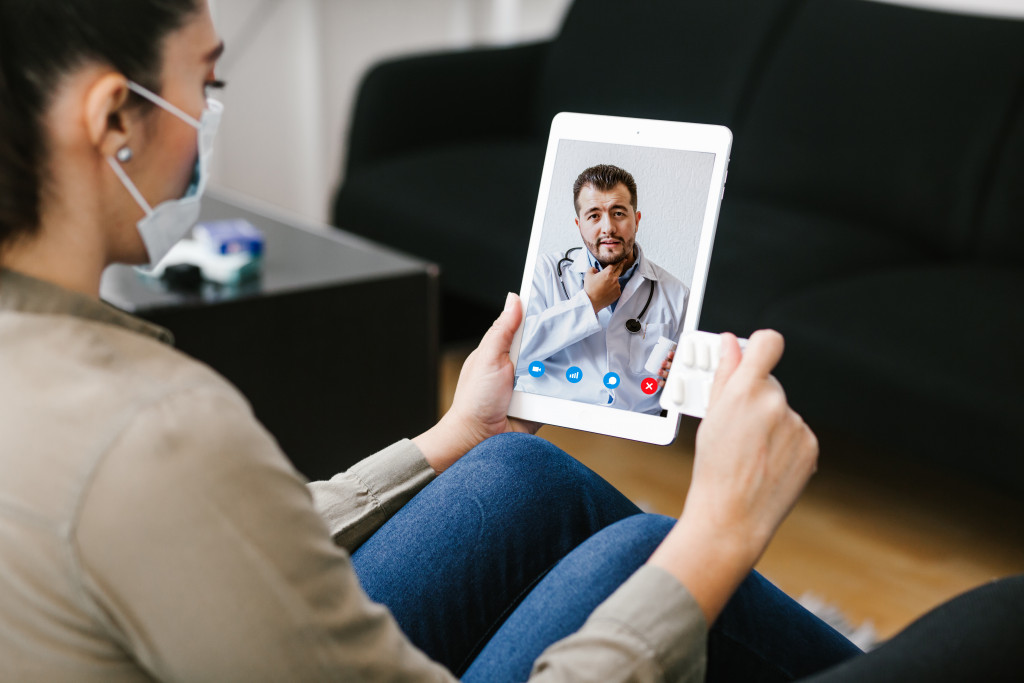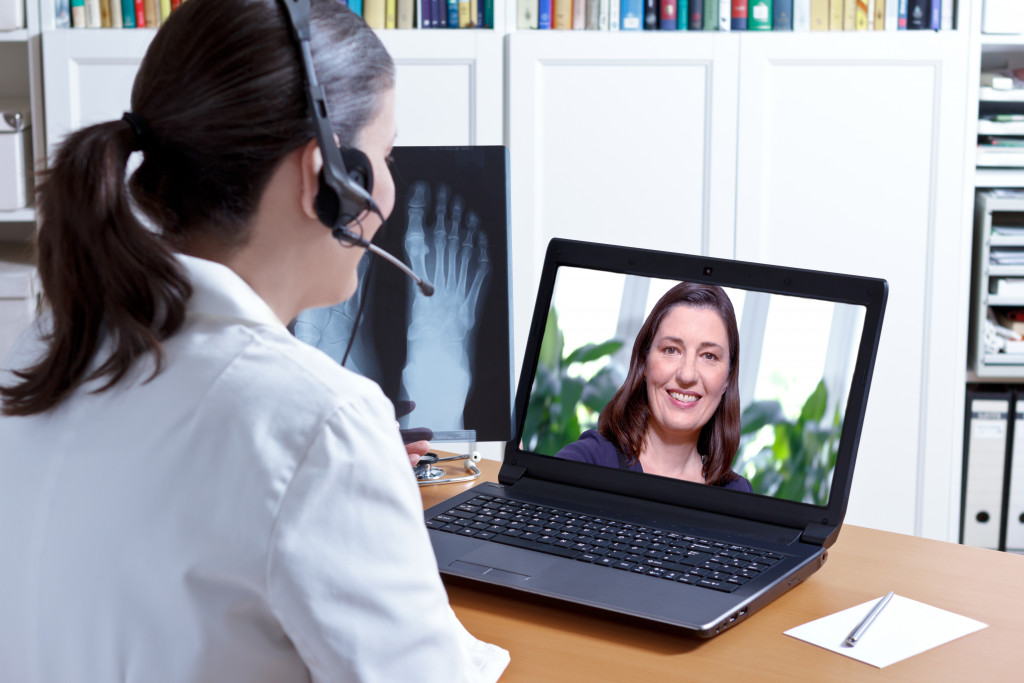The healthcare industry keeps on evolving with every passing day. New technologies and treatments are being developed to make the industry more efficient. In recent years, telemedicine has emerged as a game-changer in the healthcare sector.
Telemedicine has revolutionized the healthcare industry by providing patients with access to quality care from anywhere in the world. This innovative technology utilizes advanced communication tools and remote monitoring devices to connect patients with medical professionals, allowing them to receive timely diagnoses and treatment for various conditions.
Telemedicine can be used in several different ways, including video conferencing, remote patient monitoring, and online consultations. Using these technologies, healthcare providers can monitor patients remotely and offer them care without requiring them to come into the doctor’s office or hospital. This benefits both patients and providers, as it allows healthcare professionals to prioritize their time and provide more comprehensive care to patients who need it most.
Different methods for telemedicine
Before we talk about the advantages of telemedicine, let’s take a look at some of the different methods that healthcare providers can use to connect with patients remotely.
Video conferencing
One of the most common ways for telemedicine to be used is through video conferencing, which allows doctors and other medical professionals to see and interact with their patients in real-time. This can be particularly useful for conducting virtual checkups, diagnosing certain conditions, and providing follow-up care.
Remote patient monitoring
Another method often used in telemedicine is remote patient monitoring, which involves using devices like smartwatches or sensors to track a patient’s vital signs and other health data. This information can then be transmitted to the patient’s doctor or care team, who can use it to monitor their condition and make decisions about their treatment.
Online consultations
Another way telemedicine is being used is through online consultations, which allow patients to consult with a doctor or other medical professional without coming into the office. Dentists often use online consultations first before inviting their patients to the clinic, especially those that require dental implants, veneers, and other treatments.
The advantages of telemedicine
There are many advantages of telemedicine, both for patients and healthcare providers. Here are some of the significant ones:
Patients can receive care from anywhere in the world

One of the most significant advantages of telemedicine is that it gives patients the ability to receive care from anywhere in the world. Whether they are at home, at work, or traveling, patients can easily connect with healthcare professionals via video conferencing or remote monitoring devices to get the care that they need.
Providers can offer more comprehensive care.
By using telemedicine, healthcare providers can also offer more comprehensive care to their patients. This allows them to focus their time and attention on the patients who need it most while providing other patients with convenient access to care.
It can improve health outcomes for patients.
By offering high-quality healthcare through telemedicine, healthcare providers can also help improve patient health outcomes. Whether by identifying conditions earlier or providing treatment from anywhere globally, telemedicine can help patients receive the care they need to improve their health.
It can save time and money for both patients and providers
Another advantage of telemedicine is saving both patients and healthcare providers time and money. By avoiding travel costs and missed appointments, telemedicine can help patients save money on their healthcare. Similarly, healthcare providers can use telemedicine to save time and money by seeing more patients remotely.
Reduced wait times for appointments
By using telemedicine, patients can avoid having to wait for appointments. This is because they can easily schedule virtual meetings with their healthcare providers. They no longer need to wait in long lines or spend hours sitting in waiting rooms, which can save them both time and frustration.
Greater access to care for remote patients
In addition to reducing wait times, telemedicine also provides greater access to care for patients who live in remote areas. Whether they are struggling with a dental issue or need follow-up care, patients can easily connect with their healthcare providers via video conferencing or remote monitoring devices to get the care they need. Overall, telemedicine helps to improve access and convenience for all patients.
The bottom line
Telemedicine is revolutionizing the healthcare industry, offering patients greater convenience and access to care. By using remote monitoring and online consultations, professionals can provide care and treatments to patients all over the globe. And by improving health outcomes and reducing wait times for appointments, telemedicine is helping patients and providers alike achieve their goals. So if you’re looking for health care, consider turning to telemedicine to get the treatment that you need.

